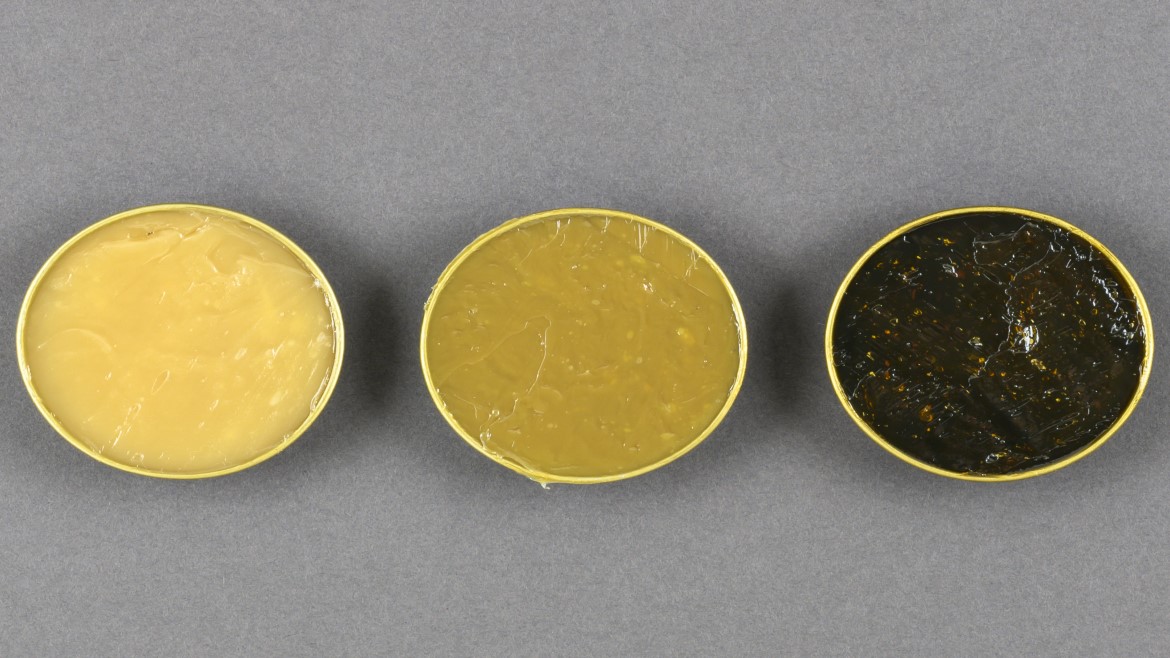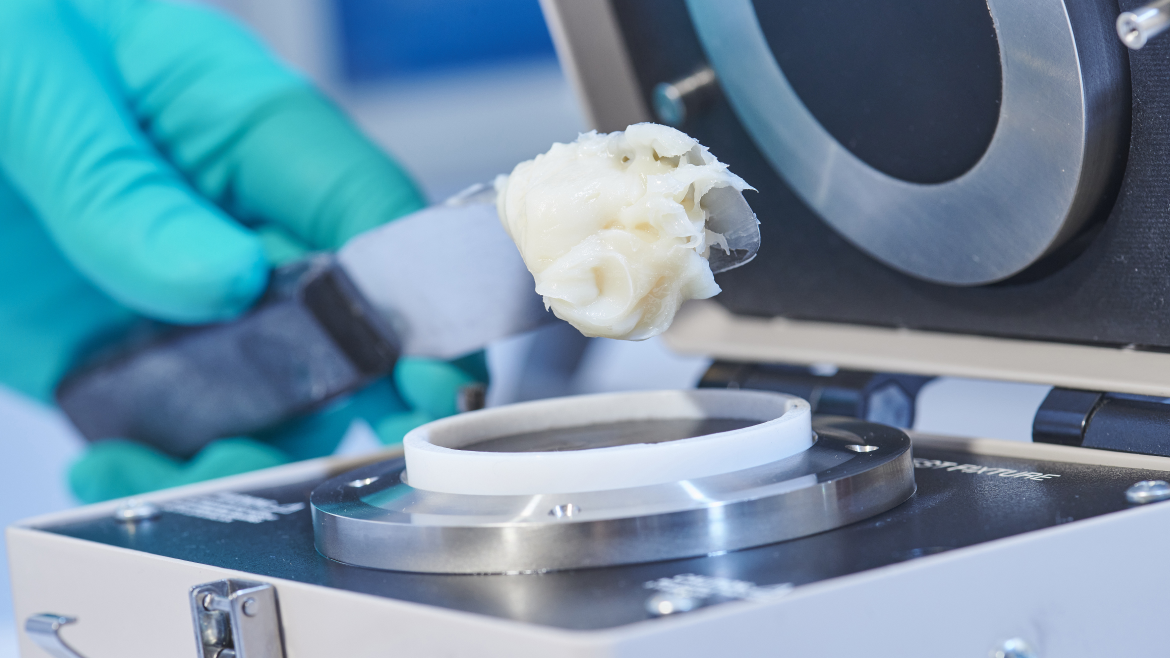Apr 21, 2021
Posted by John Hogan, Project Manager, Industrial Additives
This article highlights the key takeaways from our recent Evaluation of Performance Properties of Slideway Lubricants webinar, part of our Lubrizol360 Webinar Series featuring Lubrizol experts discussing important industry trends.
The key to industrial productivity is predicated on ensuring machine tools function properly. For this to occur, it is important that the slideway lubricants used to keep these sliding or rolling elements in working order are functioning as they should. After all, they protect the machine tool components, keep equipment running efficiently and reduce maintenance of the machines, keeping facilities producing at maximum efficiency.
To ensure they operate properly, slideway lubricants must have the proper frictional characteristics and corrosion protection for the machine tool components. They must also be compatible with elastomers and synthetic slideway components as well as metalworking fluids, including separability from water-extendable fluids. And finally, there must be operator acceptance of the lubricants to ensure proper usage.
But how these characteristics are determined is important, and there are shortcomings in the current testing parameters that can lead to skewed results. This webinar discussed the current testing protocols, identified where they could be more effective and offered a suggestion about how they could be improved.
Shortcomings of Current Specifications
The current industry standards offer some guidance about the utility of slideway lubricants, but the three major testing protocols are either unreliable or have been withdrawn by the testing company.
ISO 19378 GA/GB, for example, relies on an obsolete frictional test method or “… a suitable method agreed upon with the manufacturer and/or the end user” to demonstrate the absence of the stick-slip phenomenon. Likewise, the China GB 11118.1 L-HG and SH/T 0361 L-G test are also based on an obsolete frictional test method or “other determination methods for stick-slip characteristics that may also be used following an agreement between the supplier and user.” Finally, the Fives Cincinnati tests were withdrawn in 2018 despite being the most commonly cited test in slideway lubricant production literature.
The challenges posed by these three tests are as follows:
- They are all single-sourced tests, often relying on the Fives Cincinnati OEM approval to demonstrate fluids performance.
- They are costly and complex. Since approval for these lubricants must be renewed every three years, the necessity and frequency of these tests increase the costs of the products for manufacturers and end users.
- They are often inconsistent. Sometimes, a fluid that has been approved multiple times fails re-approval stick-slip testing
Stick-slip Prevention
In tribology, the stick-slip phenomenon is a cyclic fluctuation in the magnitudes of friction force and relative velocity between two elements in sliding contact. It is usually associated with a relaxation oscillation dependent on elasticity in the tribosystem and on a decrease of the coefficient of friction with onset of sliding or with increase of sliding velocity. The most common form of stick-slip is shudder.
Stick-slip-free operation is important in machine tool applications for smooth, accurate positioning and high-quality surface finishes. That’s why slideway lubricants are such a critical component of machine-tool maintenance.
None of the current tests use up-to-date methods to test for the stick-slip phenomenon, so the question is whether it’s possible to build a test rig that updates the testing procedure with modern capabilities and an appropriate tribosystem.
Slideway Test Rig
We set out to create a modernized version with a tribosystem similar to the Fives Cincinnati test/ASTM D2877. In the new machine, the load cell and high-speed data acquisition are much better to evaluate tribological responses. In addition, it is designed to measure kinetic and static coefficient of friction as well as stick-slip phenomenon. With this new rig, multiple runs and statistical analysis enhance interpretation.
Our testing demonstrated that we are able to differentiate between main tier and premium formulated slideway lubricants. There was no repeatable stick-slip or breakaway friction spike from the target formulated fluids, even when the speed was reduced to 1.27 millimeters per minute. Our analysis showed that the tests on the updated rig gives similar results as the traditional Fives Cincinnati stick-slip ratio for the fluids of interest. However, the enhanced capabilities due to the load cell and high-speed data acquisition gives additional insights on breakaway forces and frictional performance during motion.
Additives Affect Performance
Friction additive systems can greatly impact other performance properties. Foam, corrosion, compatibility with elastomers or synthetic friction materials, wear and other properties are also important to achieving accurate, stable and continuous operation of a machine tool for optimized productivity.
Our View
Though this work suggests a way forward that improves on the current testing protocols, there is still further work that needs to be done. For example, there should be tests that measure wear on machines that use linear guides. It is important to find improved methods to characterize coolant compatibility, which is critical to guideway performance and coolant life. Finally, there needs to be improved methods to characterize the potential for residue or sludge formation in guideway systems if contaminated by coolant.
For more information about slideway lubricants, view the whole webinar here, or contact your Lubrizol representative.









